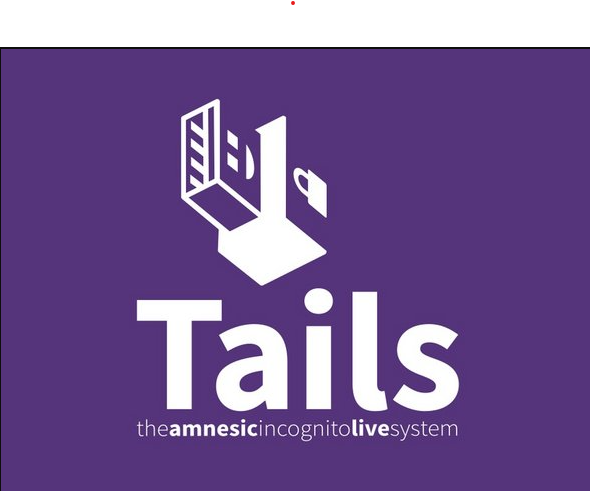5 Security Conscious Operating Systems and Toolkits
Have you ever wanted to make a quick cybersecurity lab that can handle a wide variety of tasks? Did you only want to do it with a few virtual machines? Well, you’ve come to the right blog article. I’ll share with you some tools that I frequently use to improve my operational capacity as a cybersecurity / software development concious person. Whether it’s malware analysis, reverse-engineering, penetration testing, or just surfing the internet in some questionable places; these tools are for you. So lets dive into Flare-VM, REMnux, Kali Linux, Proxmox, and Tails Linux.
FLARE-VM – Windows Malware Analysis Toolkit
This virtual machine is a collection of tools which was built by Mandiant. This framework is aimed at malware analysis. For example; Ghidra and IDA are included with this toolkit. If you are analyzing Windows malware; or doing reverse engineering and analysis – this toolkit is extremely useful. There are hundreds of tools, and if you would like to see more of them; check out their GitHub. As of the time of this post; the last update was four days ago. Running this environment is highly recommended. Analyzing malware is risky, and you must be prepared for your environment to lose control and to be taken back a snapshot. You can read more about Flare-VM here. And you can visit the Flare-VM GitHub here.
REMnux – A Linux Toolkit for Malware Analysis
REMnux Linux is a toolkit which is aimed at reverse-engineering and analyzing malicious software. It is community driven and quite popular in the malware analysis community. While it may not have as many tools as Flare-VM; it is still very useful. I recommend using this alongside other operating systems like Kali Linux if you plan on doing exploit analysis. Again, running this operating system inside a virtual machine is recommended. Read more about REMnux here.
Proxmox Virtual Environment
Proxmox Virtual Environment is an open-source server management platform for enterprise virtualization. It is an enterprise-grade virtualization KVM hypervisor and makes for a perfect cyber lab host. If you have a server rack and need to spin up operating systems with ease; Proxmox Virtual Environment can help you. There is plenty of training available and has a widespread user base. Finding tutorials for it is also easy. This is also meant to provide a system as an alternative to popular enterprise hypervisors such as Xen or VMWare. You can find more information about Proxmox over here.
Kali Linux – A Penetration Testing and Reverse Engineering OS
Kali Linux is an open-source, Debian-based Linux distribution geared towards various information security tasks, such as Penetration Testing, Security Research, Computer Forensics and Reverse Engineering. Used all over the world; it has a rich user community. There are hundreds of tools bundled in this operating system; and it is constantly updated. Learn more about Kali Linx here.
Tails Linux – A Privacy-Based Operating System
Tails is part of the Tor Project, a global nonprofit developing tools for online privacy and anonymity. To better protect you, the same people are building the Tor network, the Tor Browser, and Tails. This operating system is supported by the EFF community. Whether you want to have a portable version, or one at home; this OS can help keep your footprint from leaving your operating system. You can learn more about Tails Linux here.
Summary
To be clear, you can actually run Tails, Kali, REMnux, and Flare-VM all within Proxmox Virtual Environment. Likewise there are also many other operating systems that you can use with Proxmox. Each of the operating systems I have shared with you can be used for many purpose; but none-the-less they have security in mind. Please be mindful about the safety implications that come with using these operating systems. And remember, using these tools comes with responsibility. Ethics is important in the cybersecurity community.





